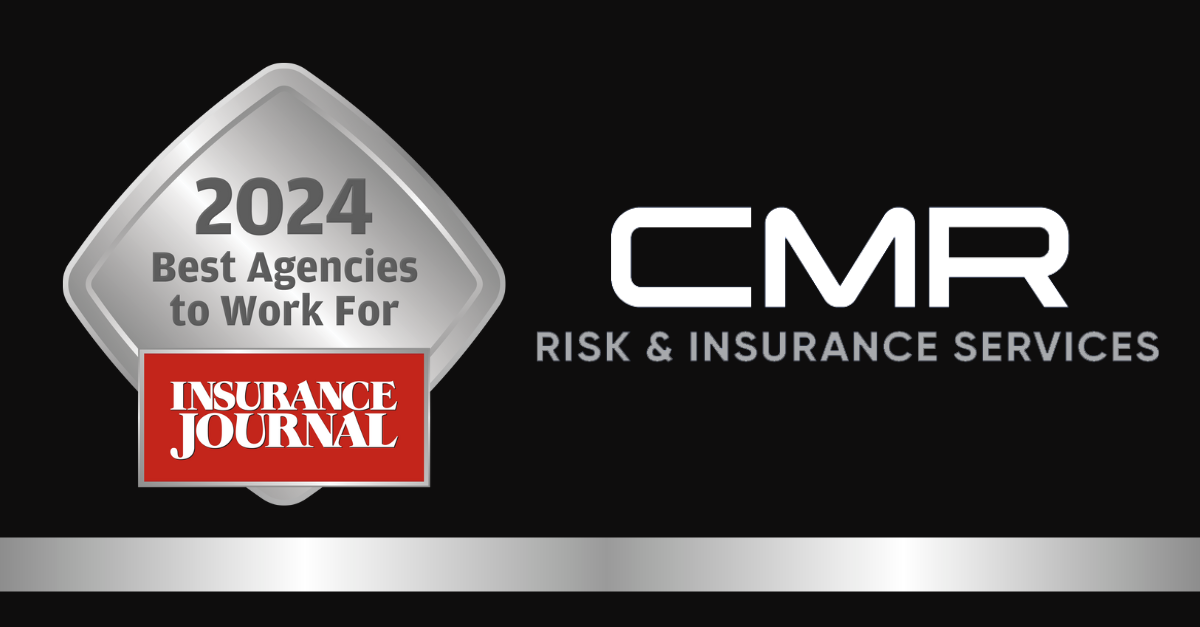insurance

January 16, 2025
Preventing Theft and Vandalism for Small Businesses
Theft and vandalism pose significant risks to small businesses across all industries. These incidents can lead to financial losses, property damage and operational disruptions. Given these potential consequences, business leaders must take steps to safeguard their organizations. Theft and vandalism can affect a small business’s finances and operations, so business leaders should take steps to...

December 3, 2024
Stable Outlook Continues for the U.S. Commercial Lines Market
“Persistently strong” underwriting performance and solid investment returns prompted a continued stable outlook for the U.S. commercial lines sector, according to a market segment report from AM Best. “Our expectation is that the U.S. commercial lines segment will remain profitable in the aggregate and will be resilient in the face of near- and longer-term challenges,”...

November 19, 2024
The Role of Coinsurance and Sublimits in Cyber Insurance
Cybercriminals increasingly use sophisticated methods to infiltrate businesses’ computer systems and networks, putting sensitive data and personally identifiable information at risk. With cyberthreats evolving in scope and complexity, businesses of all sizes and industries face potentially devastating financial and reputational damages. To manage these risks, leaders should adopt robust cyber defenses and follow cyber hygiene...

October 24, 2024
Preventing the Top 4 Construction Hazards
Construction is one of the most hazardous industries in the United States. Many injuries on construction sites are caused by falls, struck-by incidents, caught-in-between incidents and electrocutions. The following are basic safety tips for avoiding these hazards and remaining injury-free: Preventing Falls Preventing Struck-by Incidents Preventing Caught-in-Between Hazards Preventing Electrocutions For more information, speak to...

October 23, 2024
CMR Selected as Silver Winner for Insurance Journal’s Best Agencies to Work For Award
October 7, 2024 CMR Risk and Insurance Services, Inc. selected as a Silver Winner for Insurance Journal’s Best Agencies to Work For Award. CMR ranked Silver for the West Region, after current employees voted for the agency to be recognized. Each year Insurance Journal surveys the property casualty industry for the Best Independent Insurance Agencies...

October 10, 2024
Commercial P&C Rates Up 3.8% in Q3, but Q4 Could See Hurricane Effects
The U.S. property and casualty insurance market saw rates rise an average of 3.8% for commercial lines and 6.75% for personal lines in the third quarter, according to the latest data from MarketScout. The average increases for Q3 are down from 4.36% for commercial lines and 7.6% for personal lines in the second quarter. The...

October 8, 2024
Getting the Most Out of Your 2025 Open Enrollment Communications
Open enrollment is a crucial period for both employers and employees. It’s when employees can make important decisions about their benefits and an opportunity for employers to engage with their workforce effectively. As organizations continue to adapt to evolving workforce needs and changing regulations in 2025, open enrollment communication becomes more critical than ever. This...

August 6, 2024
Factors to Consider When Estimating Maximum Loss of Business Income
Business interruption insurance can offer much-needed financial protection when an organization’s usual business activities are disrupted by covered perils (e.g., fires, theft, vandalism, heavy wind and hailstorms). Sometimes called business income insurance, this form of coverage can be purchased as a supplement to commercial property insurance or secured through a business owner’s policy—a bundled insurance...

July 24, 2024
P&C Hard Market Should Ease Up in 2025
Hard market conditions will continue through 2024 for both commercial and personal lines, but begin to ease in 2025, according to the latest sigma report from Swiss Re. “The insurance industry has reached a new equilibrium after the challenges of recent years. The global economy has surprised on the upside, which should drive more demand...

July 17, 2024
The Value of Professional Liability Insurance
Although most service professionals prioritize taking good care of their clients and providing them with the best possible guidance, mistakes can still happen. When these errors occur, clients could face considerable harm, prompting them to hold service professionals accountable for their wrongdoings and leading to costly lawsuits. Fortunately, that’s where professional liability insurance can help....
